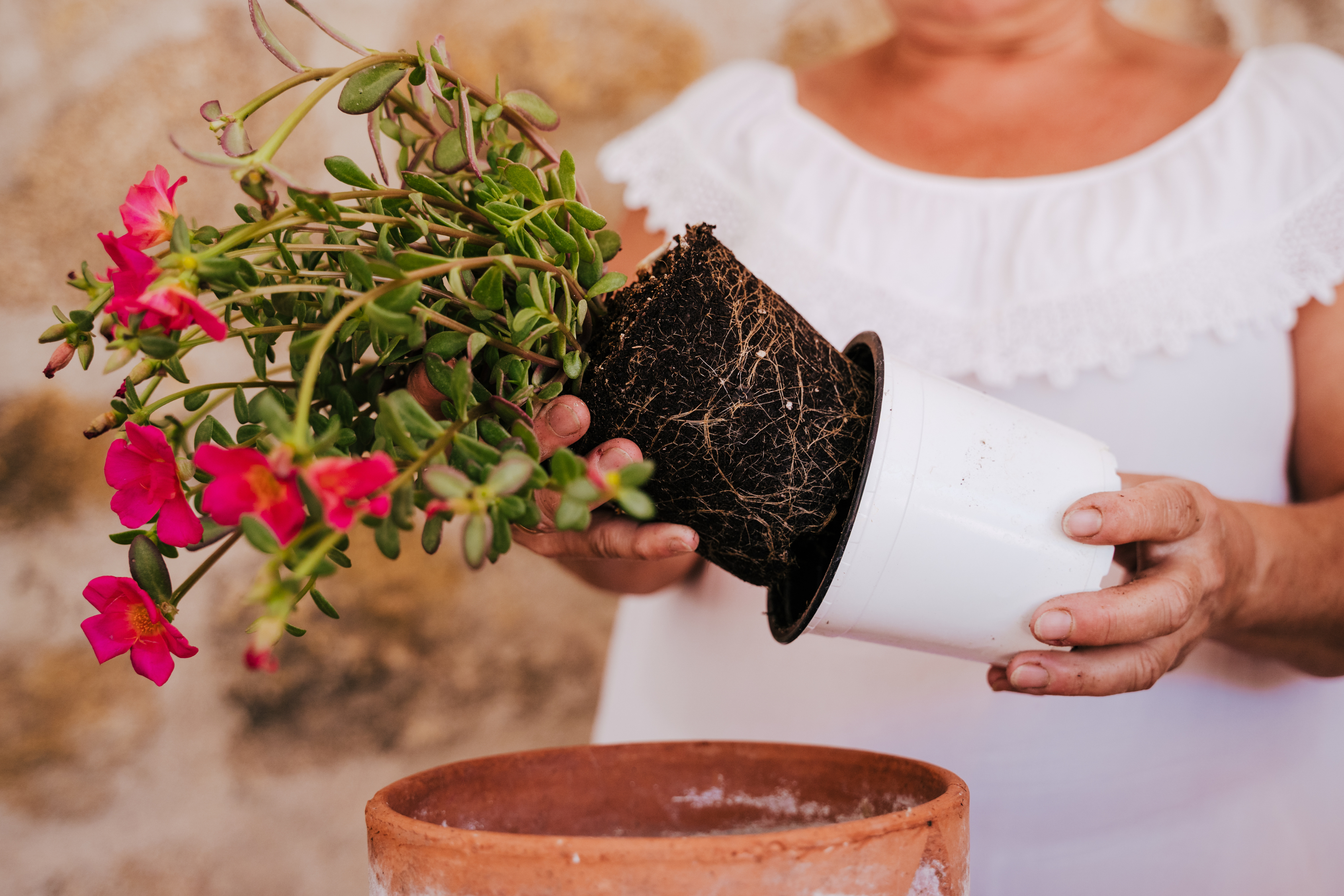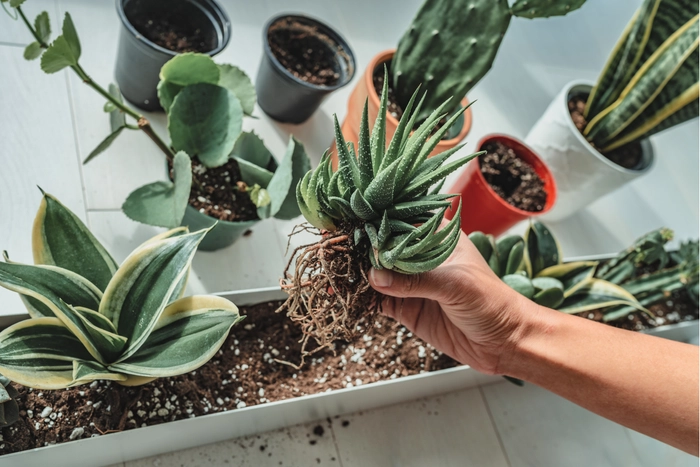Introduction:
Repotting is an essential task in plant care that involves transferring a plant from one pot to another with fresh soil. It's a crucial aspect of maintaining healthy and thriving plants, ensuring proper root development, nutrient uptake, and overall growth. In this comprehensive guide, we'll explore the fundamentals of repotting, including when and why to repot your plants, as well as step-by-step instructions on how to repot effectively for optimal plant health.
The Importance of Repotting:
Repotting serves several essential purposes in plant care:
-
Root Health: Over time, plants outgrow their containers, leading to overcrowded roots that can become root-bound and hinder proper nutrient absorption. Repotting allows for the development of healthy root systems, promoting vigorous growth and vitality.
-
Soil Renewal: As potting soil breaks down and becomes depleted of nutrients, repotting provides an opportunity to refresh the soil with fresh, nutrient-rich substrate, ensuring continued plant health and vitality.
-
Prevention of Disease: Repotting allows for the inspection and removal of old, diseased, or damaged roots, reducing the risk of root rot, fungal infections, and other plant diseases that can occur in stagnant or compacted soil.
-
Aesthetic Appeal: Repotting gives you the chance to refresh the appearance of your plants, replacing worn-out or unsightly containers with new ones and enhancing the overall aesthetics of your indoor or outdoor space.
When to Repot Your Plants:
Several signs indicate that a plant may be ready for repotting:
-
Roots Growing Through Drainage Holes: If you notice roots emerging from the drainage holes at the bottom of the pot or circling around the root ball, it's a clear indication that the plant has outgrown its current container and needs repotting.
-
Slow Growth or Yellowing Leaves: Slowed growth, yellowing leaves, or wilting despite adequate watering can be signs of root congestion or nutrient deficiency, indicating that the plant may benefit from repotting into fresh soil.
-
Root-Bound Plants: If you gently remove the plant from its pot and notice that the roots are densely packed and circling around the root ball, the plant is likely root-bound and in need of repotting to encourage healthy root development.
-
Seasonal Timing: Spring is generally the best time to repot most plants, as they enter their active growth phase and have the energy to recover from the stress of transplanting. However, repotting can be done at any time of year if necessary.
How to Repot Your Plants:
Follow these step-by-step instructions to repot your plants effectively:
-
Choose a Suitable Pot: Select a new pot that is slightly larger than the current one, with adequate drainage holes at the bottom to prevent waterlogging and promote healthy root growth.
-
Prepare the Plant: Water the plant thoroughly a few hours before repotting to hydrate the roots and minimize stress. Gently remove the plant from its current pot, being careful not to damage the roots.
-
Inspect and Prune Roots: Inspect the roots for signs of damage, disease, or overcrowding. Trim any circling or rotting roots with clean, sharp scissors or pruning shears to encourage healthy new growth.
-
Add Fresh Soil: Place a layer of fresh potting soil in the bottom of the new pot, then position the plant in the center, making sure the top of the root ball is level with the rim of the pot.
-
Fill in with Soil: Fill in around the sides of the root ball with additional potting soil, gently pressing down to eliminate air pockets and provide stability for the plant.
-
Water Thoroughly: After repotting, water the plant thoroughly to settle the soil and ensure good root-to-soil contact. Allow any excess water to drain away freely from the bottom of the pot.
-
Monitor and Care: Place the repotted plant in its preferred location, whether indoors or outdoors, and continue to provide appropriate care in terms of sunlight, watering, and fertilizing to support its recovery and growth.
Conclusion:
Repotting your plants is a simple yet essential task that can have a significant impact on their health, growth, and overall well-being. By understanding when and why to repot your plants and following the step-by-step instructions provided in this guide, you can ensure that your plants thrive and continue to bring beauty and joy into your home or garden for years to come.
So, don't wait until your plants are struggling—be proactive and give them the gift of fresh soil, ample space, and room to grow with regular repotting as needed. Your plants will thank you with lush foliage, vibrant blooms, and a renewed lease on life.
Happy repotting!

